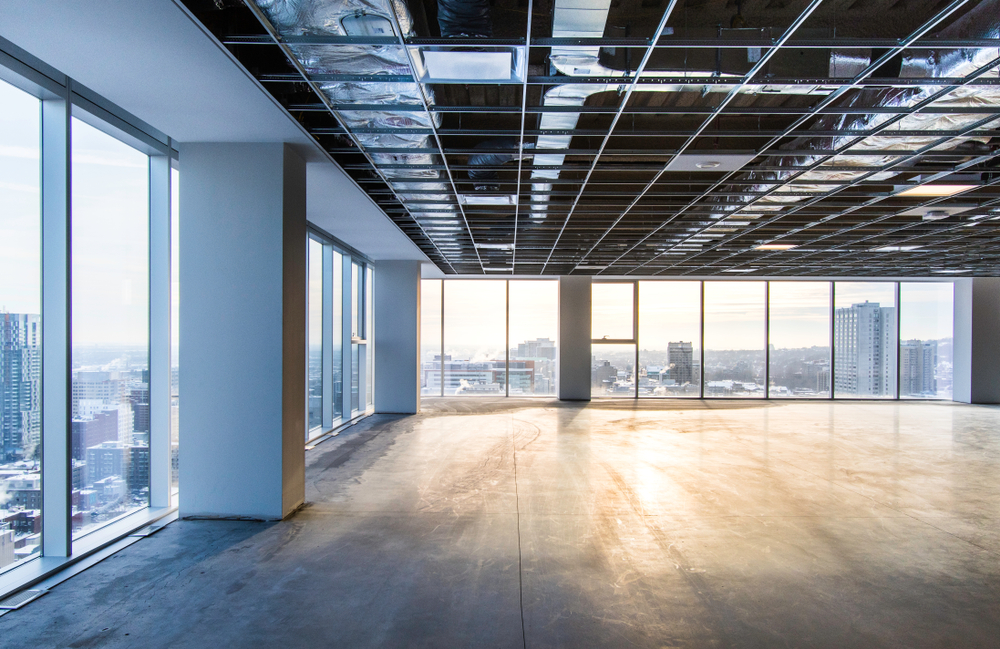Vacancies lead to lost revenue, and the longer the vacancy, the more significant the loss. Empty commercial space impacts everyone, from the building owner to the nearby community. During the recent pandemic, many retailers and restaurants were forced to shut their doors, and buildings were left empty, with new rentals taking months or longer to appear.
When buildings sit empty, it is a losing proposition for owners, property managers, and nearby tenants that may lose revenue due to reduced traffic. Mortgages must be paid, and properties maintained. These two factors alone are costly. Owners and managers are now looking at the uptrend of coworking and temporary office spaces as a viable conversion option.
Why Choose to Open a Coworking Office Space?
Providing a coworking space can be a desirable and ultimately lucrative alternative compared to traditional rentals like medical offices that are expensive conversions by nature. Short-term and coworking office services generate higher revenue at much lower set-up costs.
Coworking has become mainstream within today’s corporate culture. Sole proprietorships and small businesses are moving away from the high overheads of centralized office leasing. Still, more corporations are also jumping on the bandwagon, using coworking and temporary office spaces for outsourcing team projects, expanding beyond their immediate community, and connecting over multiple time zones.
Why Workers Choose Coworking Spaces
Benefits to employees using coworking office space are becoming more apparent as workers appreciate the added freedom of flex hours, more family time, and report improved productivity. For those that travel with their jobs, these spaces provide resources for interviewing, meeting clients, and connecting with the local company location.
Location, Location, Location
Demand for service is a significant factor in conversion success, especially when considering set-up in downtown versus suburban areas, as not all vacant spaces make good coworking locations. You will need to consider factors like available parking, access to public transportation, other amenities such as eateries, and stable internet connectivity.
It is always recommended that a feasibility study be conducted first to determine if the location in mind is conducive to coworking office space. Consulting with temporary office service professionals like those at Workspace Strategies will also provide the necessary insight for deciding what business model and operating partner are suitable for you.
Adapting to a Coworking Office Space
It is recommended that the space to be used for converting to a coworking office space is no less than five thousand square feet, with a preference of up to ten thousand square feet.
One aspect of the modern coworking space is that it is not limited to traditional office buildings and layout but instead features open, airy rooms designed for a shared purpose. For example, combining adjoining empty retail space within a strip mall can create a more extensive and workable coworking office space. These retail spaces offer added advantages of abundant parking, proximity to eateries, and the ability to offer lower rents. Interestingly, there can be advantages in using an affluent suburban location due to accelerated time-to-market.
For building owners and property managers facing empty buildings due to retail and restaurant closures, in large part due to the impact of Covid-19, repurposing their buildings into functional and attractive coworking spaces can provide considerable advantages. Create a reliable partnership for consultation in design and continued collaboration with established professionals in the field, like Workspace Strategies, to reap the most benefit from your conversion.


